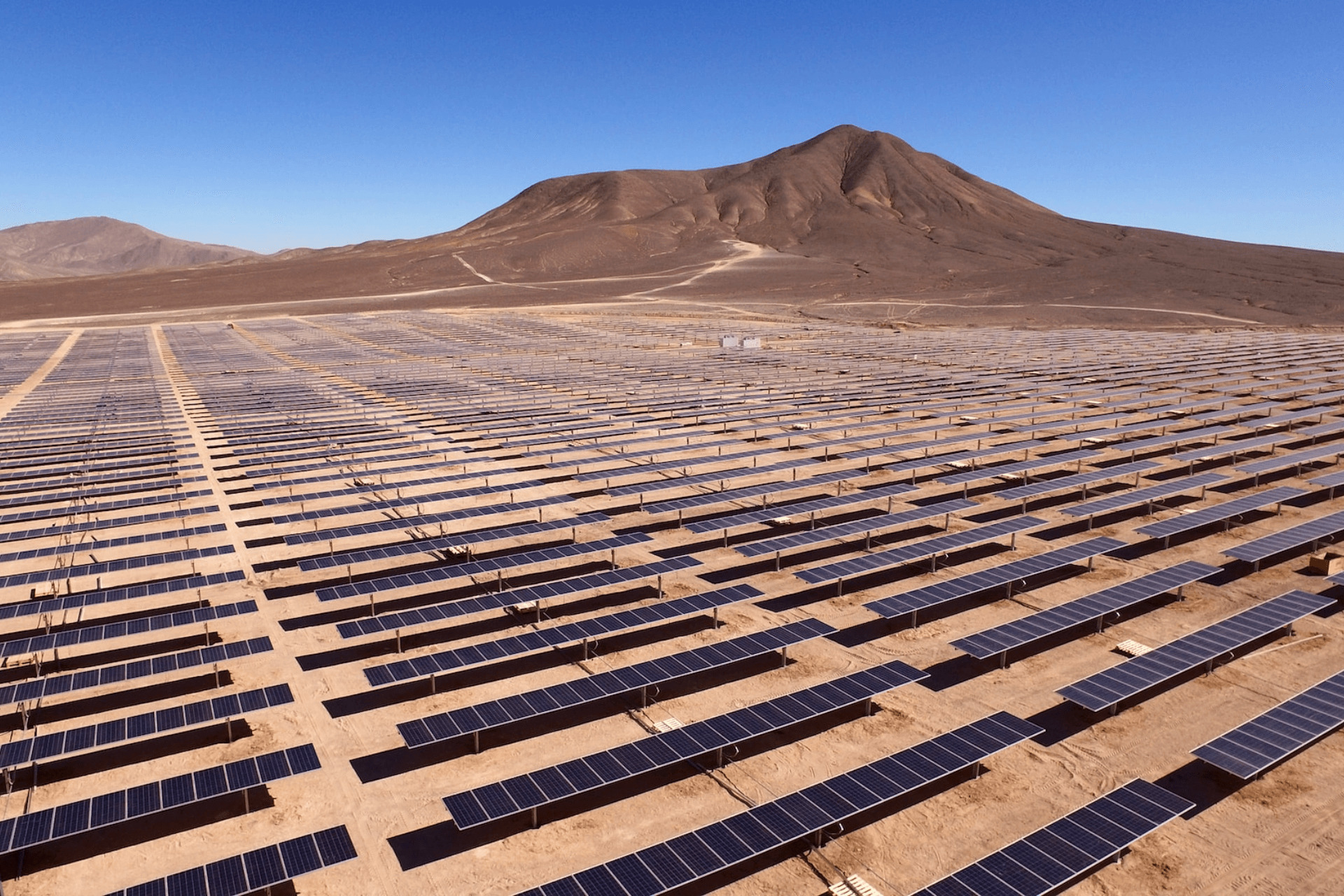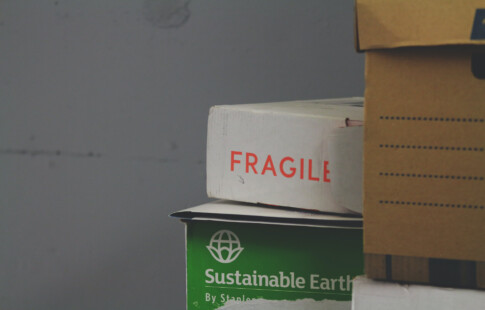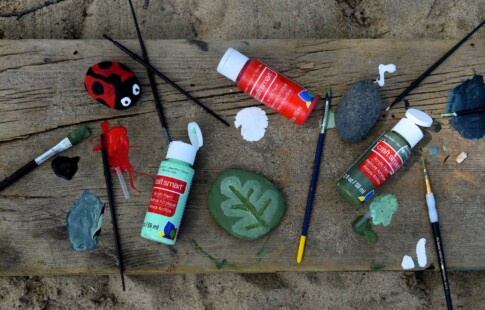
10 Little but Impactful Ways To Prevent Climate Change
We are reader-supported. When you buy through links on our site, we may earn affiliate commission.
Stronger hurricanes, warmer temperatures and drought — everyone can feel the impact of climate change around the world. Although it seems impossible to restore the planet, the little ways you do at home to protect it and teach others to do the same can help protect the Earth. Here are ten simple ways you can prevent climate change.
1. Switch To Renewable Energy
Renewable energy isn’t widely and globally accessible yet. In third-world countries, it remains challenging to get clean energy, restricting households from using it freely. Factors such as the expensive cost of solar installation, costing upwards of $25,000 per household, are barring opportunities for green power sources.
But you can take small steps to drive positive environmental change. For example, you can switch to solar-powered LED outdoor lighting or bulbs for home use if you can’t fully go solar. You save on utility bills and help the environment.
2. Unplug Appliances or Devices
Only a few people are aware, but appliances or devices powered off or on standby but remain plugged in draw power from the source. It’s called a phantom load or vampire power and it’s what keeps your TV or game console settings intact.
Unfortunately, people leave not only one but several of their home electrical tools connected to the power strip, such as TV, oven, coffee maker, laptop, printer and smartphone, which contributes to the bills and affects the environment. Make sure you power off and unplug devices not in use.
3. Use Energy-Efficient Appliances
When replacing or buying refrigerators, TVs or washing machines, pick appliances with the Energy Star label. What does it mean? An Energy Star logo indicates a device that meets the energy-efficiency specifications set by the U.S. Environmental Protection Agency, allowing you to save money on them. You may find three types of this label — a standard one, another with “Save More” and “Most Efficient,” which is the most energy-friendly.
Where can you find it? There should be one on the front or any external surfaces of the appliances. If you plan to upgrade, add the Energy Star logo to the buying checklist.
4. Save Water
About 33% of the country is experiencing drought. At times like this, you must conserve water so it can be available when drought lasts longer. Reducing use can also help save the environment, as more electricity is required to pump, heat and treat water.
Several options allow you to save water, such as taking shorter showers and reusing it. Don’t throw water you’ve used to wash fruits and vegetables. Instead, use them for your plants in the garden.
5. Compost Food Waste
Food waste is another nationwide concern harming the environment. Rotten food ending up in landfills produces methane, a greenhouse gas that traps heat in the atmosphere and makes the temperature hotter.
A weekly or monthly meal planning can cut down food waste, limit your grocery expenses and help prevent climate change. For kitchen scraps, recycle them in a compost bin rather than throwing them in the garbage. You’ll have fertile ground for your flower garden or indoor plants.
6. Use Sustainable Transport
Planes significantly contribute to gas emissions. Based on research, the aviation industry accounts for a whopping 4% of human-induced global warming, which calls for the need to make transportation sustainable.
As an environmental advocate, you can make travel eco-friendly by various means. For instance, taking public transportation or switching to electric cars is better for the planet. If you travel by air, choose nonstop flights. Whenever intercity train service is available, opt for this option instead of flying as trains leave less emission than planes.
7. Apply the 3RS at Home
The opportunities to apply the concept of reduce, reuse and recycle at home primarily stem from your buying decisions and behaviors. For example, you can buy personal care products without plastic packaging. Buying in bulk also helps since it reduces waste. Plastic containers you can’t throw can be reused or recycled into a storage container, planter and DIY toys for kids. Creativity will let you find ways to save the environment. Choose alternatives where you can curb plastic use and minimize waste.
8. Insulate Walls and Roofs
The HVAC system consumes lots of power and contributes to climate change. Insulating your home lets you save an average of 15% on cooling and heating costs, which your pocket will thank you for.
An essential factor to consider about insulation options is the R-value, a rating that determines how effective the material is at blocking the heat. Products with R-30 provide minimal insulation. Choose something close to R-60.
High-density fiberglass batts can have as high as an R-38 rating. If you’re planning for a home renovation, talk to the contractor or environmental expert about the best materials with high insulation powers to keep your home cozy during winter and fresh during the summer.
9. Aim for a Green Wardrobe
Your wardrobe is the next best place to convert into green. Responsible for 5 – 10% of global greenhouse emissions, the fashion industry needs to innovate to reduce its climate change impact — and one way is to start with your own closet.
You can approach this in several ways, like donating or selling clothes you haven’t worn in years instead of throwing them in landfills. Buying from sustainable, ethical brands with environmental safety at the center of their manufacturing or production is also a good move. Take every piece of clothing out of your wardrobe and categorize them into something you can use, donate or upcycle into rags or scarves.
10. Volunteer for Environmental Activities
Finally, you can offer your time for environmental causes through volunteering. Several local organizations arrange volunteering activities to help the planet. Some examples include planting a tree, growing a community garden or an ocean clean-up. Giving your most important resource to a fulfilling cause will allow you to make a difference in the world. Plus, it will make you happy.
Prevent Climate Change in Your Own Ways
There are countless peaceful ways to drive climate change awareness worldwide — and the best jumping-off point is your own home. Your decisions to buy products without plastic packaging, switching to sustainable brands and unplugging appliances not in use are all simple and actionable steps to protect the Earth.
Think about which areas in your life you can change to promote green initiatives. It’s when you couple thinking with action that you can contribute to sustaining the planet.
Share on
Like what you read? Join other Environment.co readers!
Get the latest updates on our planet by subscribing to the Environment.co newsletter!
About the author
Jane Marsh
Starting from an early age, Jane Marsh loved all animals and became a budding environmentalist. Now, Jane works as the Editor-in-Chief of Environment.co where she covers topics related to climate policy, renewable energy, the food industry, and more.





